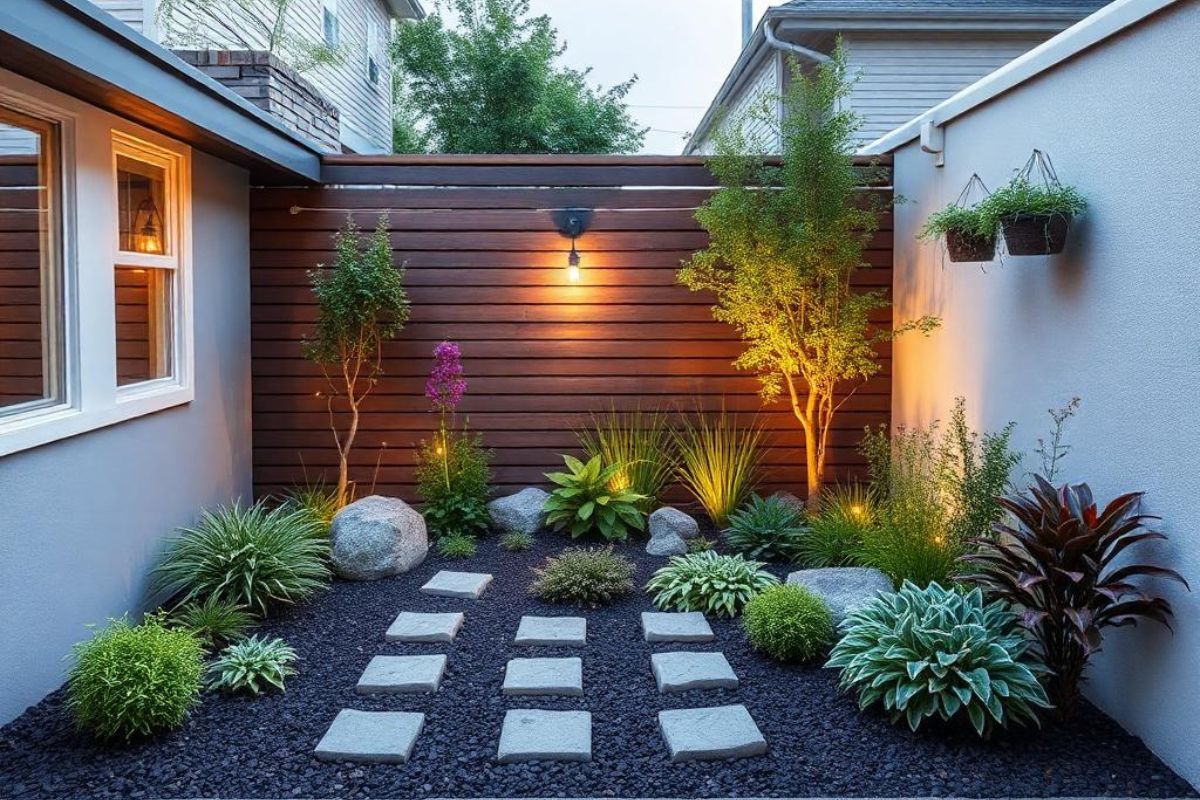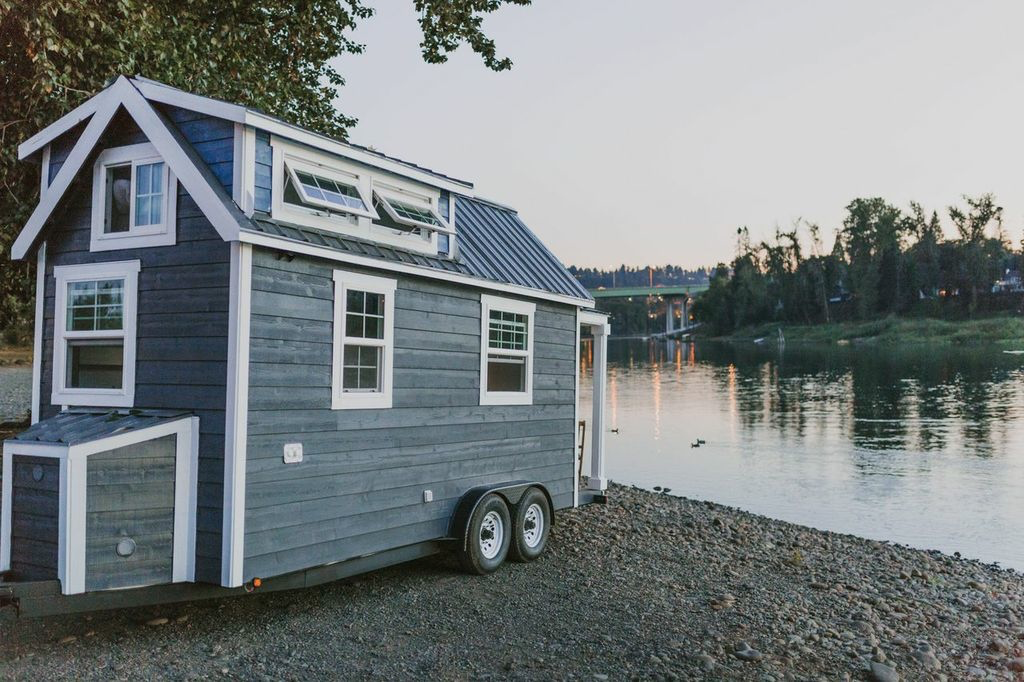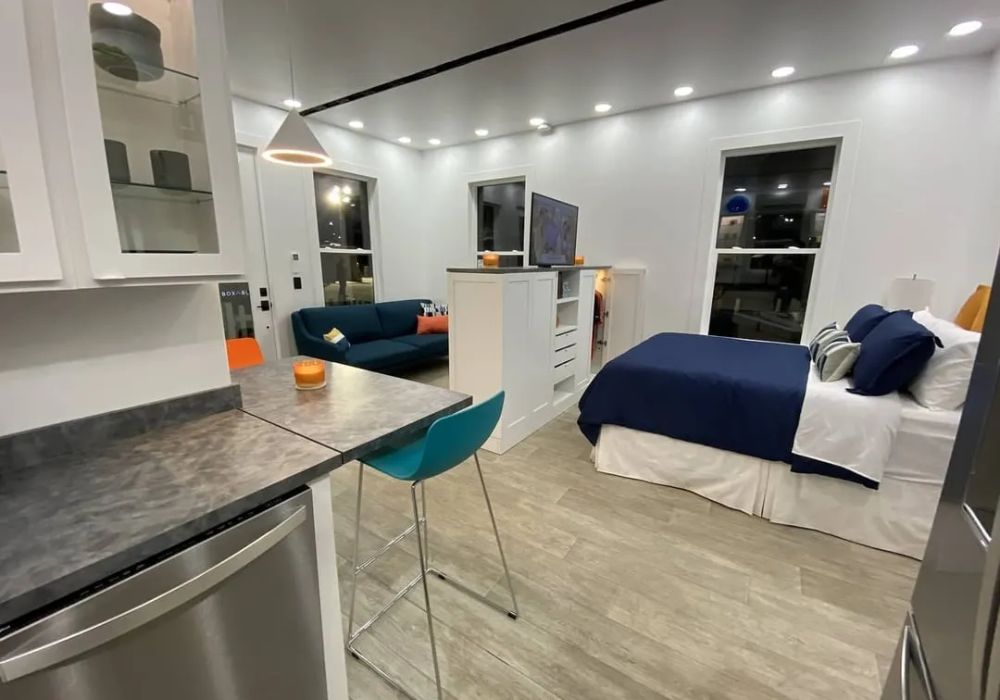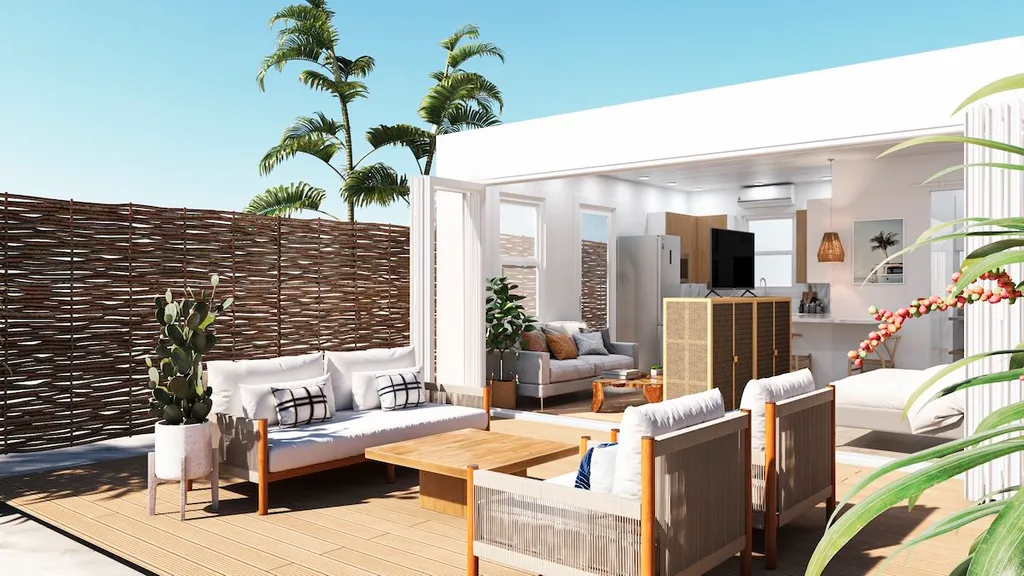Designing a small garden for your house is an exciting and rewarding project. It’s the perfect opportunity to create a peaceful retreat, grow fresh herbs and vegetables, or add a burst of color to your home. Even if your outdoor space is limited, you can still craft a beautiful, functional garden.
The key to designing a small garden lies in making the most of the space you have. Some people choose garden flags, while others focus more on furniture and other things. In this article, we’ll provide you with 10 tips to help you create a small garden that suits your needs and enhances your home.
Plan Your Garden Layout
Firstly, take time to plan your garden layout. Think about how you want to use your space. Are you aiming for a relaxing area to unwind? Do you want to grow food or flowers? Your garden plan will help you determine where to place your plants, furniture, and features such as garden flags or water features. By sketching out your ideas, you’ll be able to visualize your garden and identify the best use of space.
Start by measuring your available space, whether it’s a balcony, patio, or small backyard. Think about the sun and shade patterns throughout the day, as well as the traffic flow through the area. You can use graph paper or a digital tool to create a simple scale plan for your garden. Mark where you want to place seating, paths, plants, and any other features. Consider zoning your garden by creating separate areas for relaxing, gardening, and other activities.
If you're finding it challenging to map out your ideal arrangement, using a planner for gardening can help you visualize plant groupings, paths, and other elements before you start digging. These digital garden planning tools save both time and effort, making it easier to design the most efficient and beautiful use of your space.
Maximize Vertical Space
In a small garden, every inch matters. One of the most effective ways to increase your garden’s size is by utilizing vertical space. Vertical gardening allows you to grow plants upward, freeing up precious ground space. You can install trellises or use fences to support climbing plants like roses, ivy, or tomatoes. These plants will add greenery and interest without taking up too much room.
Another way to go vertical is by using hanging planters or wall-mounted shelves. Hanging plants like ferns or trailing vines can add texture and depth to your garden. These planters can be placed along the edges of your garden or even on your balcony railing. Vertical planters, such as pocket gardens or stacked pots, are also great for growing herbs or flowers.

Choose the Right Plants
When working with limited space, choosing the right plants is essential. Opt for smaller varieties that won’t outgrow the available space or crowd each other. Compact shrubs, dwarf trees, and low-growing flowers are great options. Consider plants that are well-suited to your garden’s growing conditions, such as sun exposure, soil type, and watering needs.
For instance, herbs like basil, rosemary, and thyme can thrive in small containers, and they don’t take up much space. You can also grow vegetables like lettuce, spinach, or cherry tomatoes in raised beds or pots. If you want to add color, try planting flowers that are naturally smaller, such as pansies, violets, or marigolds. Look for plants that are also easy to care for, so you don’t need to spend too much time on maintenance.
Incorporate Containers and Pots
Containers are a fantastic way to grow plants in a small garden. Pots, planters, and containers can be placed in virtually any available space, from windowsills to corners of your garden. They also allow you to move plants around to find the best spots for sunlight or aesthetics. Plus, containers come in a variety of shapes, sizes, and materials, so you can find ones that suit your personal style.
Consider using a mix of small and medium-sized containers for plants like flowers, herbs, and vegetables. For larger plants, choose bigger containers with enough space for root growth. You can even grow dwarf trees or small fruit trees in large pots. Containers are also a great way to experiment with different planting combinations. Create a small herb garden in pots, or group several colorful flowers together for a vibrant display.
Go for Low-Maintenance Plants
Small gardens benefit from plants that require minimal upkeep. Opt for low-maintenance plants that won’t demand too much attention. Drought-tolerant plants are ideal for smaller gardens, as they can survive with less frequent watering. Succulents, lavender, and sedum are all great choices for low-maintenance gardens. These plants are hardy, require minimal care, and come in a range of colors and textures.
In addition to drought-tolerant plants, consider incorporating perennials into your garden. Perennials return year after year. Many perennials are also hardy, meaning they can withstand changes in weather. Plant species like hostas, coneflowers, or daylilies can thrive with minimal care.

Create Layers for Visual Depth
One trick to making your small garden feel larger and more expansive is to create layers. By varying the height of your plants, you can create a sense of depth and dimension. Use taller plants like small trees or tall grasses at the back of the garden, and place shorter plants or ground cover in front. Layering plants in this way helps draw the eye upward and gives the illusion of a larger space.
In addition to plants, you can use garden furniture, sculptures, and accessories to create layers. For example, you can place a tall decorative plant behind a low seating area to add height and visual interest. A few well-placed accessories like garden flags or lanterns can add an extra layer of charm to your garden.
Personalize with Garden Flags
One easy way to add character to your small garden is by incorporating garden flags. Garden flags are available in many designs, from whimsical and seasonal themes to personalized messages. You can choose flags that reflect your personality, your favorite colors, or the seasons. Garden flags are versatile and easy to move around, so you can change them whenever you want to refresh the look of your garden.
Place your garden flag near the entrance to welcome visitors, or use it as a focal point beside a flower bed or container. You can even coordinate garden flags with your plants by choosing colors that complement your flowers.
Design a Cozy Relaxation Area
Even in a small garden, you can create a cozy spot to relax and enjoy the outdoors. A comfortable chair or bench, along with a small table, can provide the perfect setting for unwinding. You can also add a few cushions or throws to make the area more inviting. If your space allows, you could hang a hammock or install a small swing for additional relaxation options.
To enhance the atmosphere, consider adding a small water feature, such as a fountain or a birdbath. The sound of flowing water can add tranquility and help mask the noise of the outside world. Soft lighting, such as string lights or lanterns, can also make your relaxation area feel magical, especially in the evening.
Choose Multi-Functional Furniture

In a small garden, furniture that serves multiple purposes is a great investment. Look for pieces that offer both seating and storage, such as a storage bench or a table with hidden compartments. Multi-functional furniture helps you maximize your space and keep your garden organized. For example, a folding table and chairs can be stowed away when not in use, leaving more room for plants and other features. When selecting furniture, also consider choosing pieces that are lightweight and easy to move.
Use Lighting to Create Ambience
Lighting is an essential part of any garden, and it can make a small space feel larger and more inviting. Strategic lighting can highlight certain areas of your garden, such as plant displays, seating areas, or paths. Solar-powered lights are an energy-efficient option that’s easy to install and requires no wiring. Consider using string lights to add warmth and create a cozy atmosphere. Hanging lanterns or candles in lanterns can also add a soft, romantic glow to your garden.
Conclusion
Designing a small garden for your home can be a rewarding and fulfilling experience. With careful planning, smart design choices, and a little creativity, you can turn even the tiniest outdoor space into a beautiful retreat. Add personal touches, create layers, and use lighting to bring your space to life. Before you know it, your small garden will become a peaceful haven that enhances your home and gives you a space to relax, enjoy, and connect with nature.






Share: